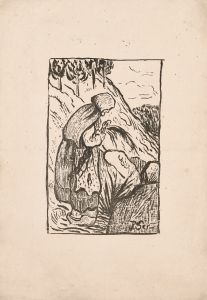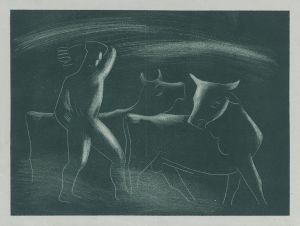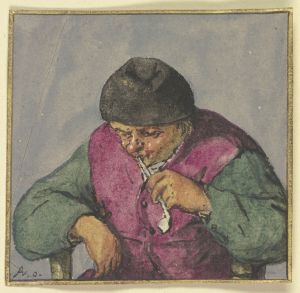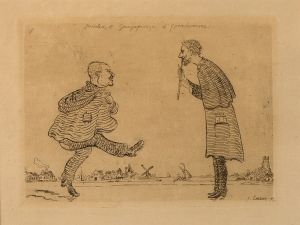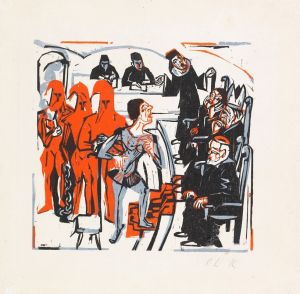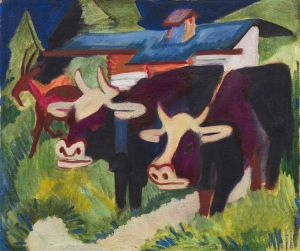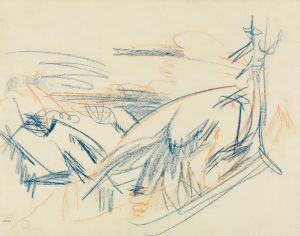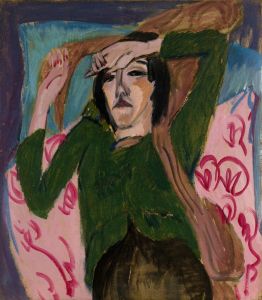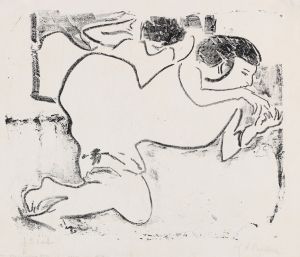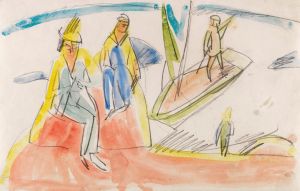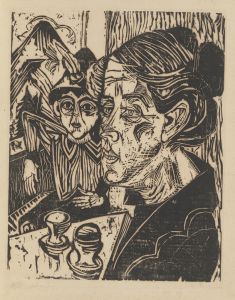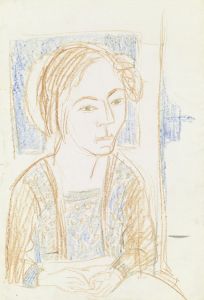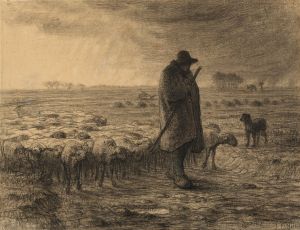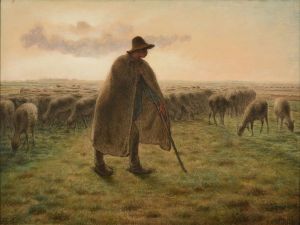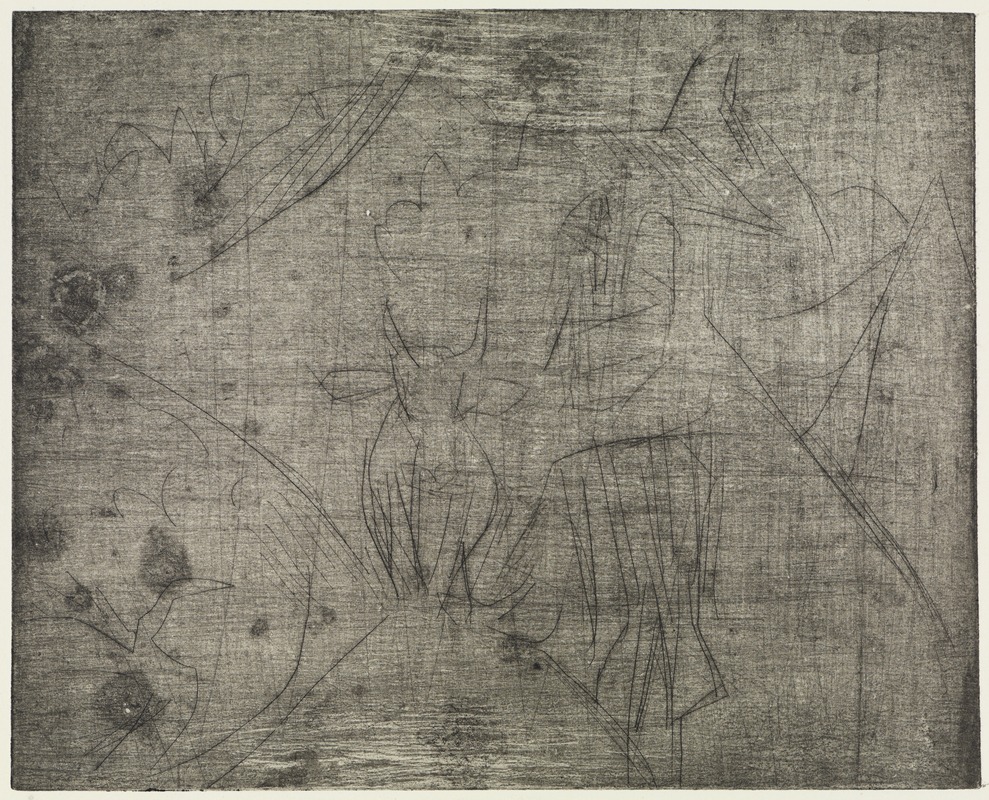
Kühe und Hirt in den Bergen
A hand-painted replica of Ernst Ludwig Kirchner’s masterpiece Kühe und Hirt in den Bergen, meticulously crafted by professional artists to capture the true essence of the original. Each piece is created with museum-quality canvas and rare mineral pigments, carefully painted by experienced artists with delicate brushstrokes and rich, layered colors to perfectly recreate the texture of the original artwork. Unlike machine-printed reproductions, this hand-painted version brings the painting to life, infused with the artist’s emotions and skill in every stroke. Whether for personal collection or home decoration, it instantly elevates the artistic atmosphere of any space.
Ernst Ludwig Kirchner, a prominent German expressionist painter and one of the founding members of the art group Die Brücke, created numerous works that reflect his unique style and artistic philosophy. Among his notable paintings is "Kühe und Hirt in den Bergen" (translated as "Cows and Herdsman in the Mountains"). This artwork exemplifies Kirchner's fascination with rural life and his deep connection to nature, themes that became increasingly prominent in his work during his time in Switzerland.
Kirchner moved to Switzerland in 1917, seeking solace and recovery after experiencing a mental and physical breakdown during World War I. The Swiss Alps and their serene landscapes provided him with inspiration and a sense of refuge. "Kühe und Hirt in den Bergen" is believed to have been painted during this period, reflecting the artist's immersion in the alpine environment. The painting captures a herdsman tending to cows in a mountainous setting, rendered in Kirchner's characteristic bold, angular forms and vibrant colors.
The composition of the painting demonstrates Kirchner's ability to distill the essence of a scene into dynamic, expressive shapes. The figures of the herdsman and the cows are stylized, emphasizing movement and energy rather than realistic detail. The surrounding mountains and natural elements are depicted with rhythmic lines and striking hues, creating a sense of harmony between the human figure, animals, and the landscape. This approach aligns with Kirchner's broader artistic goals of expressing emotional and spiritual resonance through his work.
Kirchner's time in Switzerland marked a shift in his artistic focus. While his earlier works often depicted urban scenes and the frenetic energy of modern life, his Swiss period was characterized by a more introspective and pastoral sensibility. Paintings like "Kühe und Hirt in den Bergen" reflect his desire to reconnect with nature and explore themes of simplicity and authenticity.
As with many of Kirchner's works, "Kühe und Hirt in den Bergen" is also a testament to his innovative use of color and form. The painting's palette is dominated by earthy tones and vibrant contrasts, which evoke the natural beauty of the alpine landscape while also conveying a sense of emotional intensity. Kirchner's expressive brushwork and compositional choices contribute to the painting's dynamic and immersive quality.
Today, Ernst Ludwig Kirchner is celebrated as one of the leading figures of German expressionism, and his works are held in high regard for their artistic and historical significance. "Kühe und Hirt in den Bergen" remains an important example of his later period, showcasing his ability to merge his personal experiences with his artistic vision. The painting is housed in a private or public collection, though specific details about its current location or provenance may vary.





